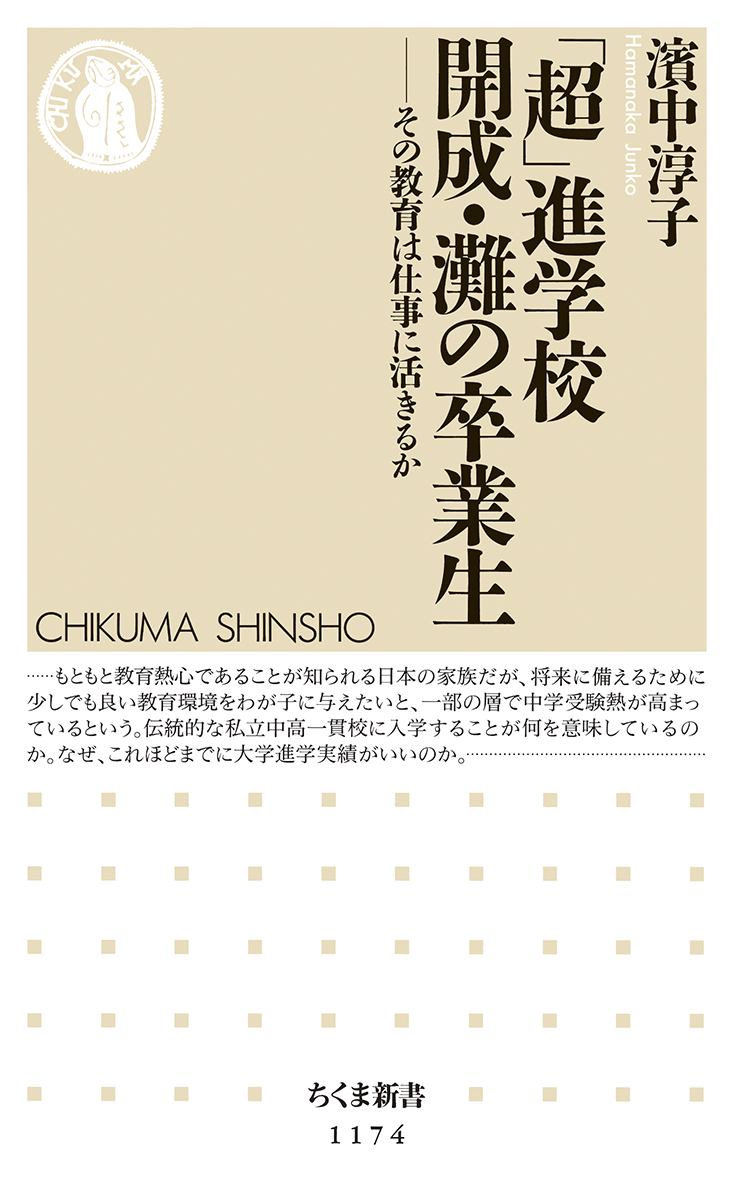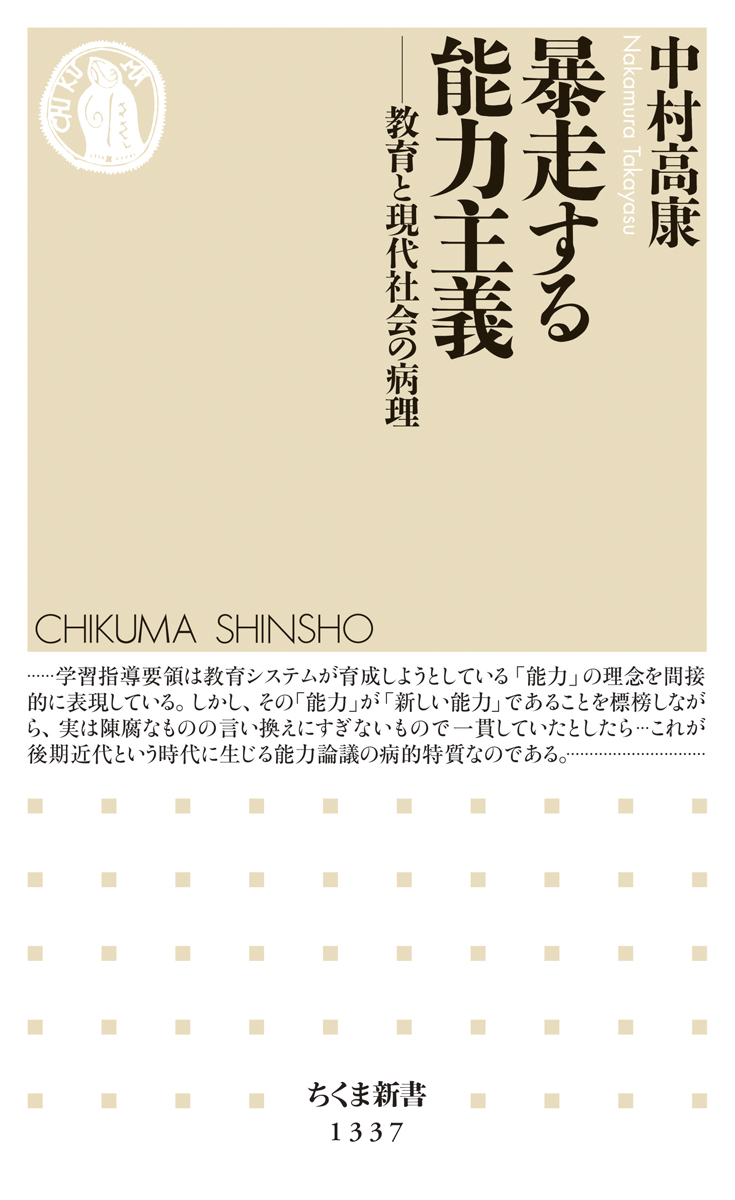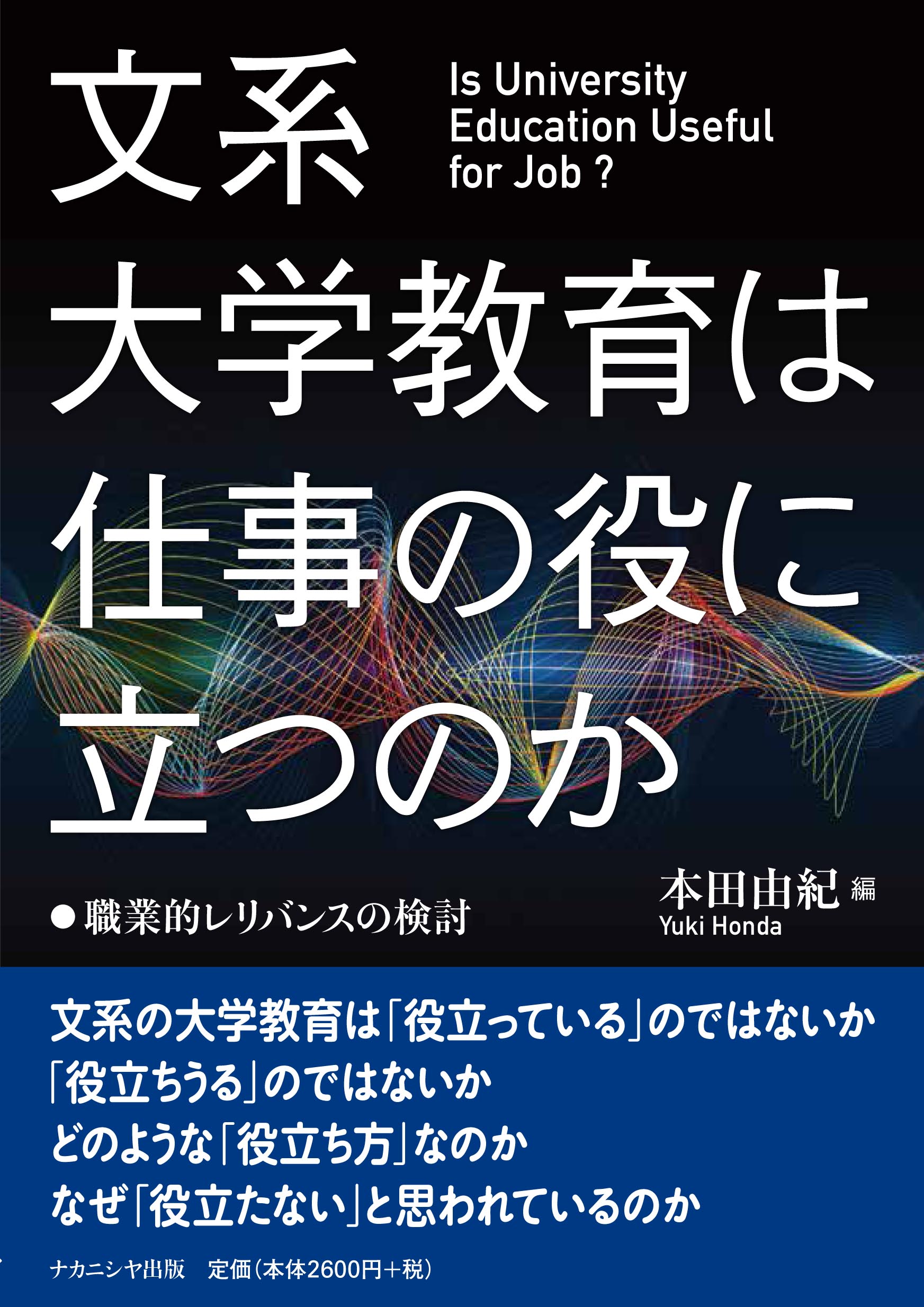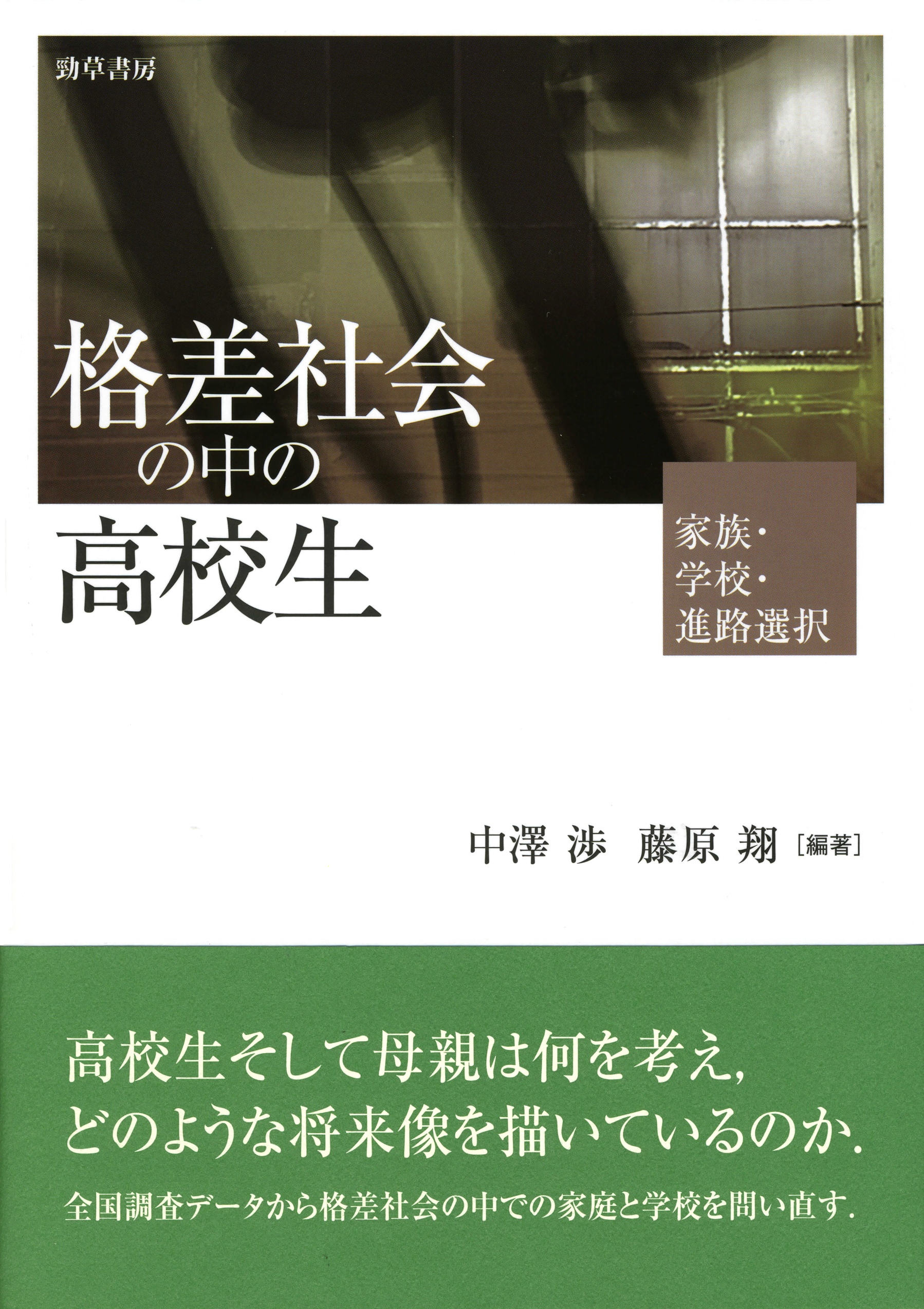
Title
Chikuma Shinsho ‘Cho’-Shingakko Kaisei / Nada no Sotsugyo-sei (Graduates of Kaisei and Nada Which are Known as Prestigious Schools – How is education of these schools useful for work?)
Size
224 pages, paperback pocket edition
Language
Japanese
Released
March 07, 2016
ISBN
978-4-480-06879-8
Published by
Chikuma Shobo
Book Info
See Book Availability at Library
Japanese Page
It is perhaps in the last decade that we have seen the publication of a large number of books on prestigious schools. These books contain detailed descriptions of the internal workings of the schools written by the teachers themselves, school alumni, or journalists.
By reading these books, one is undoubtedly able to learn about various aspects of prestigious schools. The books depict students enthusiastically engaged in club activities and school activities in addition to academics and explain how students’ autonomy is valued. That said, the following question is sure to have occurred to some readers: “What kind of work life awaits graduates of such schools?”
In an effort to investigate the image of prestigious school graduates, a survey was conducted using monitors of a research agency. Half of the respondents had favorable impressions of prestigious school graduates while the other half had negative impressions. Although some respondents described the graduates using words such as “smart,” “serious,” and “focused,” an equal number described them as having “poor interpersonal skills,” “ignorant of the ways of the world,” and “fragile.” Most of us still don’t have a clear picture of these graduates.
This book presents the results of a questionnaire survey of graduates of Kaisei Junior & Senior High School and Nada Junior & Senior High School, which are known as representative preparatory schools in Eastern and Western Japan. Based on 1,072 responses from graduates of both schools, the book, in addition to summarizing the graduates’ employment statuses, examines the leadership potential and struggles faced by the graduates as well as differences between Kaisei and Nada. Although the author endeavored to discuss various issues from as broad a perspective as possible without becoming too scattered, it is left to the reader to decide how successful the author has been in accurately depicting the graduates of these schools.
(Written by HAMANAKA Junko, Professor, Center for Research and Development on Transition from Secondary to Higher Education / 2018)



 Find a book
Find a book




